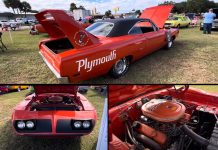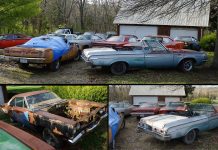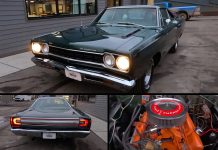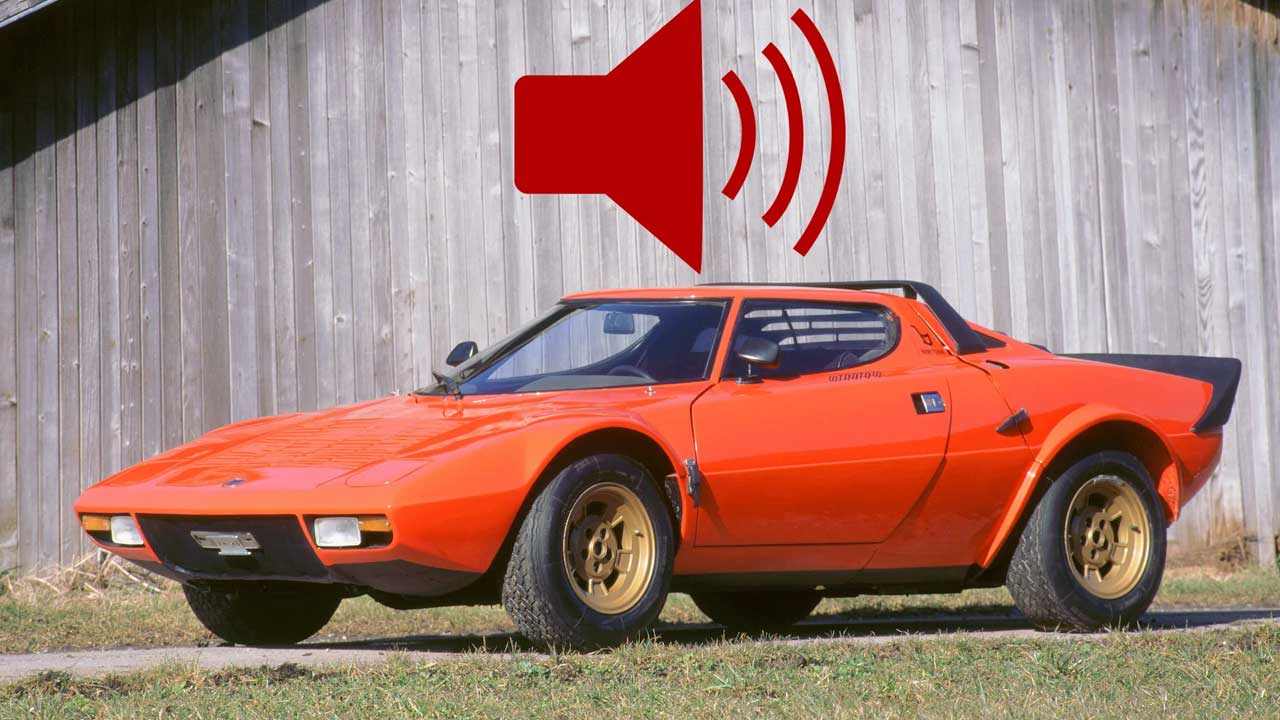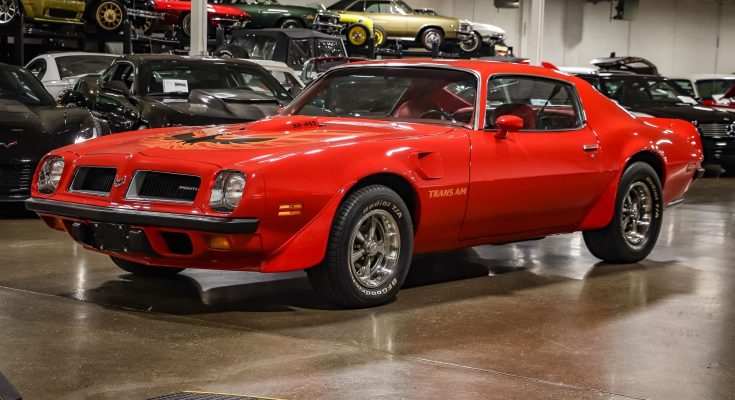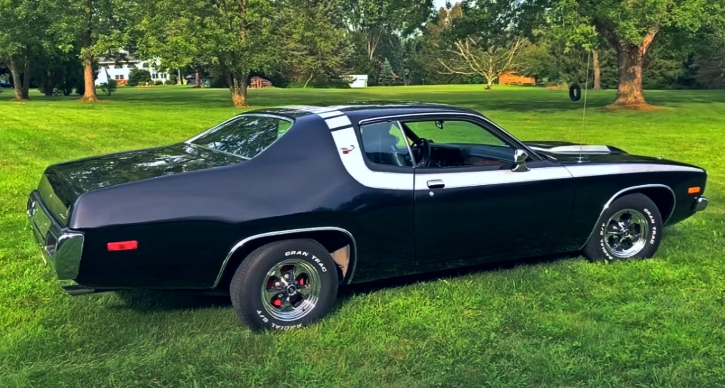The V6 engine, despite being a newcomer to the automotive industry, is often regarded as the least popular performance engine. Its application as a budget engine in vehicles that are otherwise equipped with V8s, such as Mustangs, or as a larger engine in commuter cars, such as the Camry, has led to its lack of popularity. For many years, those who sought a balance between performance and fuel efficiency opted for turbocharged four-cylinder engines, while those who desired sheer power would choose a V8.
However, some automakers have recognized the benefits of the V6 engine, as it can produce smooth power that is comparable to a V8 engine in a smaller package. V6 engines have been historically used in performance cars, such as the Honda NSX and the Lancia Stratos, and race cars like the Renault RS01.
To pay tribute to the underappreciated V6 engine, we have compiled a list of the six best-sounding examples of this engine, one for each cylinder. Our top pick is included at the end of the list.
6. Lancia Stratos HF (Group 4)
Design: 2,418-cc (2.4-liters), 65º bank, dual overhead cams, four valves per cylinder. Naturally aspirated.
Power: 320 horsepower (four-valve version).
Pedigree: World Rally Championship winner, 1974, 1975, and 1976.
The Lancia Stratos HF, a futuristic rally car, was a game-changer in the racing world. Despite being a limited production car with only 492 units built, it dominated the World Rally Championship for three consecutive years, thanks to its Ferrari V6 engine. Interestingly, the engine was not given the recognition it deserved by the racing team or the automaker, and was used only in the Stratos with leftover parts. This decision by Ferrari suggests that they did not fully appreciate the potential of the engine, whereas Lancia did.
5. McLaren-Honda MP4-30 (Formula 1)
Design: 1.6-liters, 90º bank, four valves per cylinder. Single turbocharger, hybrid energy recovery
Power: 800 horsepower estimated (official figure classified)
Pedigree: Six top-ten finishes for 27 points across the 2015 Formula 1 season
The MP4-30 was the result of the collaboration between McLaren and Honda, which ended on a sour note when Honda was unable to provide a competitive engine for the third consecutive year. Despite their lack of success in the modern era of Formula One, the MP4-30 stands out as the best-sounding car of the decade by a significant margin. Its compact V6 engine produced a unique growl that was unmatched by any other Formula One car, both on straightaways and in corners, thanks to innovative features such as aggressive anti-lag and cylinder deactivation that smoothed out power delivery.
4. MG Metro 6R4 Group B Rally Car
Design: 2,991-cc (3.0 liters), four valves per cylinder, dual overhead cams. Naturally aspirated.
Power: 410 horsepower
Pedigree: One of a handful of vehicles homologated for Group B rally
Although the road car was equipped with a 2.5-liter V6 that was created by modifying a Rover V8 engine, the upgraded 3.0-liter V6 engine in the race car has an unclear origin. Some people believe that it is a variation of the Cosworth DFV racing V8, but this is a subject of debate. What is certain, however, is that high-quality footage of Group B-spec 6R4s being driven at maximum speed is extremely rare, which means that one of the world’s most impressive-sounding race cars is unfortunately not well-known.
Despite this, the engine of the 6R4 was not entirely forgotten. Jaguar acquired the engine, fitted it with two turbochargers, and later utilized it in their XJ220 supercar.
3. Holden Commodore ZB V6 Prototype (Supercars Championship)
Design: 3.5-liters, twin turbochargers
Power: 650 horsepower
Pedigree: Zilch
In 2018, the Supercars Championship, which is Australia’s highest level touring car series and is commonly referred to as V8 Supercars, planned to introduce a turbocharged V6 engine option to accompany the series’ famous V8 engines. Unfortunately, Holden declared in early 2018 that the project had been postponed, effectively causing the non-V8s’ comeback to the Supercars championship to be suspended for the first time in 25 years. The V6 engine in question had a sound that was comparable to that of a younger brother following his V8 sibling around, making it a desirable inclusion in the Supercars field.
2. Dallara DW12 (Indycar)
Design: 2.2 liters, 90º bank. Twin turbochargers.
Power: Over 700 horsepower with push-to-pass active
Pedigree: Standard Indycar chassis since 2012
The present Indycar chassis manufactured by Dallara was initially called the IR12 but was later renamed the DW12 to honor Dan Wheldon, an Indycar driver who tragically lost his life at the end of the 2011 Indycar season. The chassis is powered by either Honda- or Chevrolet-manufactured V6 engines with a 2.2-liter displacement and two turbochargers. While the DW12 may appear unremarkable due to its frequent presence on the track, the engines’ sound bears a resemblance to modern versions of the renowned McLaren MP4/4 F1 car, which also utilized a twin-turbo V6 with a low displacement. The fact that the entire Indycar field produces a sound reminiscent of one of racing’s most legendary icons is not a negative thing by any means.
1. Alfa Romeo 155 V6 TI (DTM)
Design: 2,498 cc (2.5 liters), 60º bank, four valves per cylinder, dual overhead cams. Naturally aspirated.
Power: 420 horsepower, 217 pound-feet of torque
Pedigree: Winner of 1992 Italian Superturismo Championship, 1993 DTM Championship, and 1994 British Touring Car Championship. 38 race wins in total.
Despite claims that one iteration of the 155 V6 TI’s engine is built on the Peugeot-Renault-Volvo “PRV” V6 (which was also utilized in the DeLorean DMC-12), the engine installed in this impressive touring car is a distant relative. Outfitted with independent throttle bodies and a rev limiter that can reach nearly 12,000 rpm, the 155 V6 TI’s sound is unmatched, whether it is rushing toward or away from you. Although its prime has passed, the 155 V6 TI is still a cause for celebration due to its presence in ongoing races, as it continues to astound and shock spectators with its unique combination of piercing and booming sounds.



